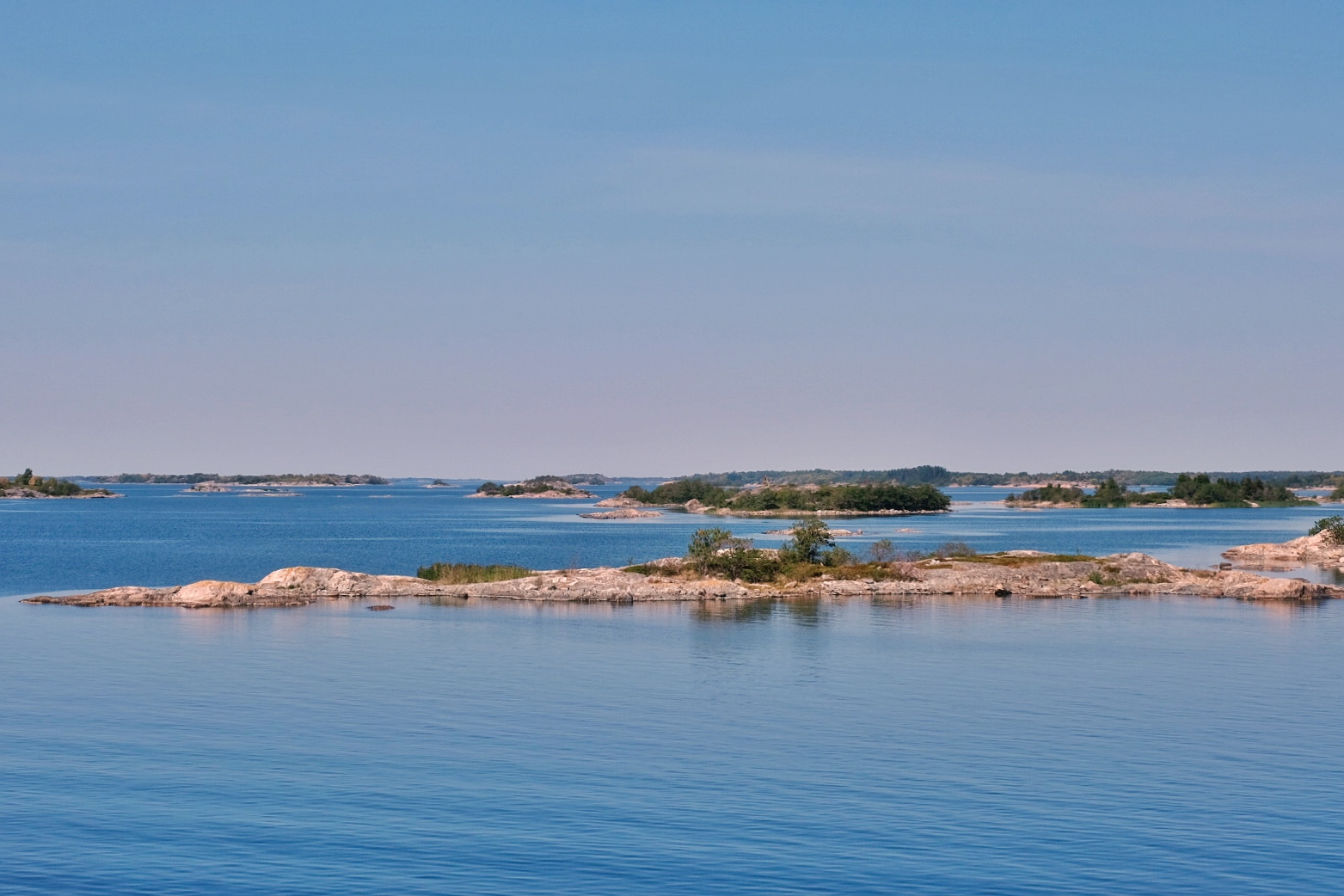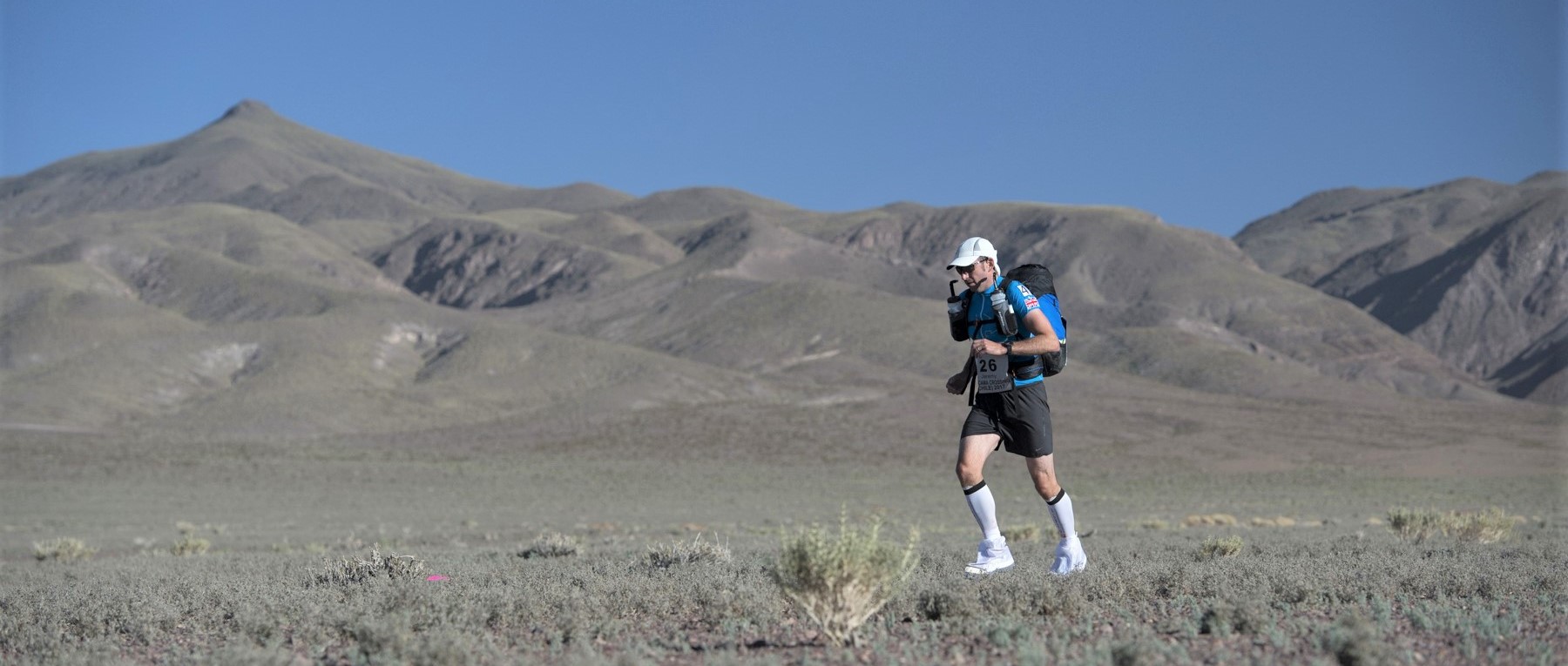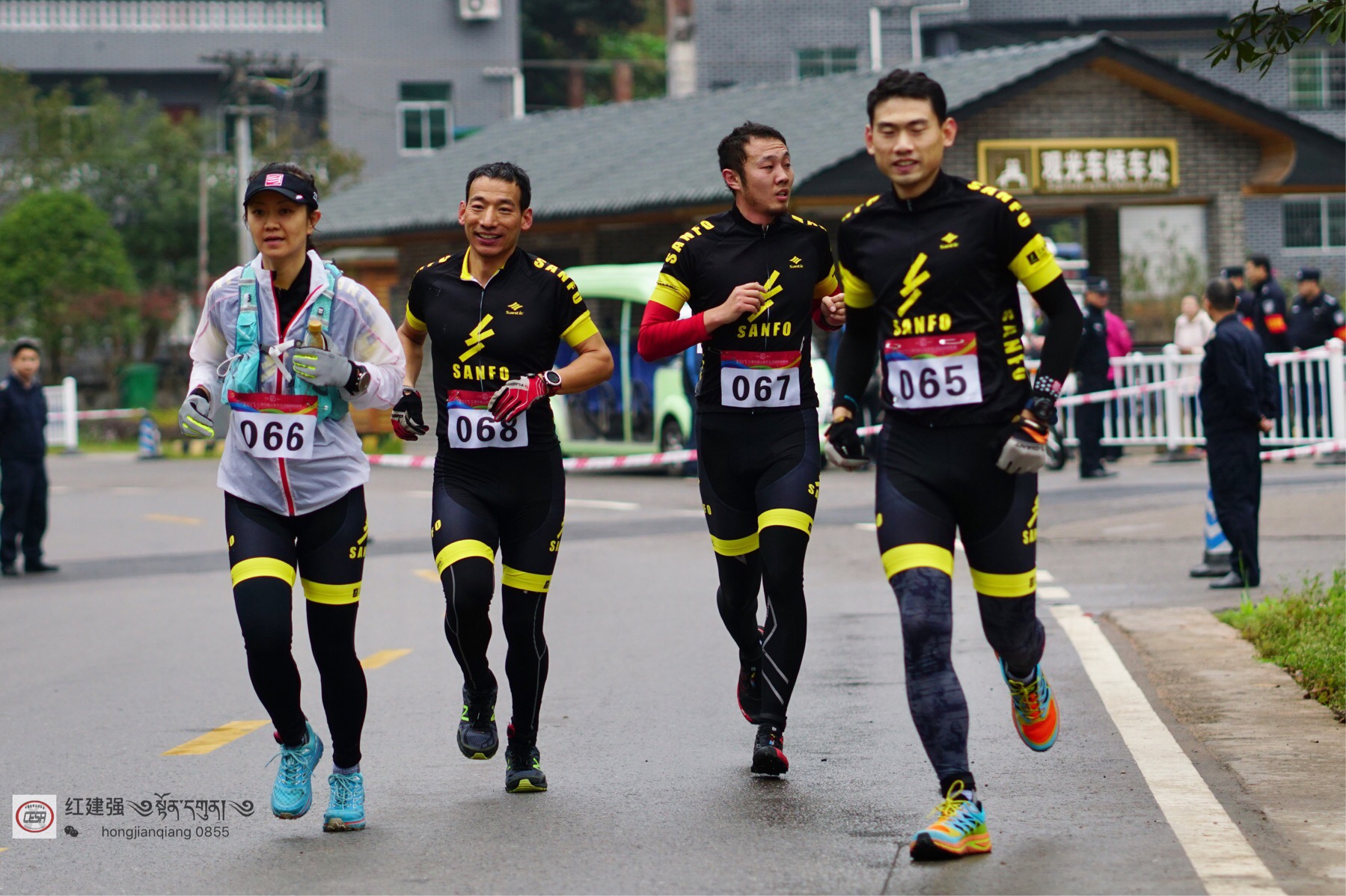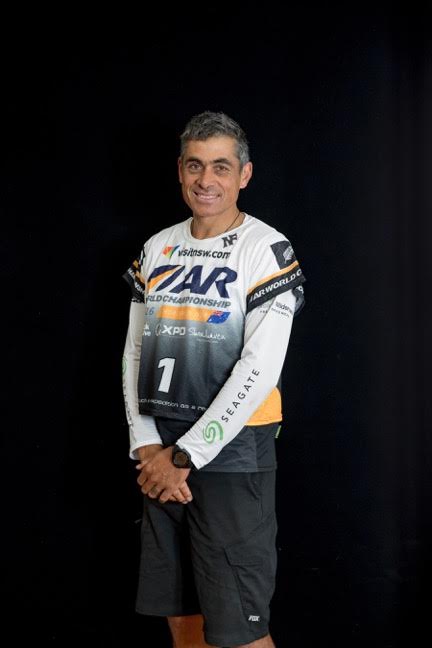Team Multisport.fi, which is entering the Nordic Islands Adventure Race 2018, are an extremely experienced group of adventure racers. They are headed up by Petri Forsman, who has been competing for more than 20 years and even raced several Eco-Challenges back in the day. His fellow team members have clocked up decades of competition between them too.
The Nordic Islands Adventure Race is set for an abseil start, off the Downtown Camper Hotel in central Stockholm, with each of the 23 teams on a dedicated rope. Other details of the 637.5 kilometre course were released a week before the start, which takes place on 12th August. Involving pack-rafting, swim-run, kayaking, mountain-biking and of course running, they can be found here.
First some Form
Petri Forsman: actually this year hasn’t been that busy for me so far. I have done just two international races, first in January, the Merrel Kongvinter in Denmark, and then in spring, when I competed in Expedition Africa in Namaqua (in which he placed 3rd with Team Omjakon). Otherwise I have done just a couple of national multisport and bike races.
We have raced together before and we work well as a team, so it was an easy call to come together for the inaugural Nordic Islands race. Brothers Ville and Jaakko Mäkäle have long experience of adventure racing, Pauliina hasn’t been racing for quite as long, but she has done several races in China. Their best result was probably taking second place in Itera in Ireland in 2016.
Why NIAR? Why now?
It’s a great opportunity for us - and great that a major race is linking Sweden, Åland and Finland. In my opinion it is one of the absolute best possible locations in the world for an adventure race. It will definitely be challenging and the country is super beautiful, right from the start to the end.
The physical side
We each look after our own fitness and skills training individually, but for Nordic Islands AR we have got together for some specific training in the various sports. We have been out kayaking and we have also done some training in swim-run. Also, we haven’t used pack-rafts before, so we have been out working with them as well.
Planning and Strategies
All four of us are navigators and we do share the work around the team. We have not decided on our strategies yet, of who does which section, and when we sleep and for how long. We’ll make those decisions once we find out more about the course.
What will be the most challenging aspect of the event?
It looks like we will be travelling a good distance along asphalt roads with quite heavy packs. That and the absolute certainty of getting wet feet will make it hard for the racers.
We’re not so worried about the water sections as long as the wind doesn’t get up. But if the wind-speed reaches 6m/s or more on the open water then that will be hard. Also pack-rafting into a headwind would be tough too.
What are your general expectations?
As I mentioned, Sweden-Åland-Finland really is a fantastic location for a big race. It has it all, so we can expect a great course. And currently the weather forecast looks positive and warm. There should be some amazing sunsets and sunrises out in the archipelago. And there are some amazing rocky areas in the Åland islands. I hope the organisation have managed to get the support of the locals so that the racers can get the best out of the competition.
What will achievement look like?
We would hope to be racing among the top three teams right from the off.
And success for the race itself will mean that word will get about and many more teams will enter a big race in Scandinavia next year.




















































